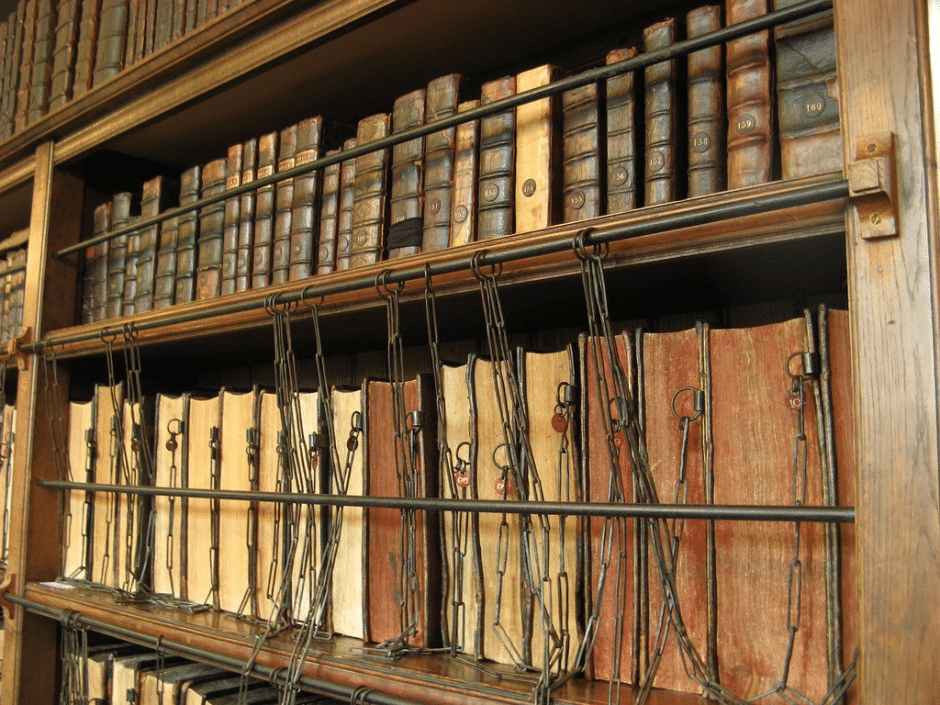World’s Oldest Known Library

Introduction
The Library of Ashurbanipal, believed to be the oldest known library in history, is named after Assyrian King Ashurbanipal. It was discovered in Nineveh, Iraq in the mid-19th century and is now recognized as an important cultural milestone. This library contained thousands of cuneiform clay tablets that helped scholars gain insight into ancient Mesopotamian cultures and religious beliefs.
Collection of Clay Tablets
A beautiful collection of clay tablets known as the Library of Ashurbanipal included a wealth of information, including literary masterpieces, religious texts, historical accounts, official records, and scientific treatises. It had a key role in the preservation and transfer of knowledge and functioned as a repository for the accumulated knowledge of the ancient Mesopotamian culture.
The books in the library were written in cuneiform character, which was then the language of Mesopotamia. These clay tablets were catalogued and arranged according to various topics, making it simple for academics and researchers to find and retrieve the data they needed. The library was a unique centre of study in the ancient world, with an estimated 30,000 tablets in its collection.
Contents of Tablets
A wide range of subjects were covered by the tablets discovered in the Library of Ashurbanipal. They featured both historical texts describing the military exploits and achievements of the Assyrian kings as well as literary masterpieces like the Epic of Gilgamesh, one of the oldest surviving works of literature in the world. Additionally, there were books on medicine, astronomy, law, and linguistics in the library, all of which shed light on various facets of ancient Mesopotamian culture.
Beyond its amazing collection, the Library of Ashurbanipal is significant. Scribes and academics were employed by the library’s administration to copy and preserve writings so that they would be available to future generations. In the ancient world, the concept of actively curating and preserving a library was revolutionary, establishing the library as a crucial centre of learning and study.
King Ashurbanipal reigned from 668-627 BC and was a great patron of literature who collected thousands of texts for his library over the course of his reign. He also employed scholars to copy and preserve documents from other cities around the ancient Near East, including Babylon and Susa, making his library one of the most comprehensive collections available at that time period.
